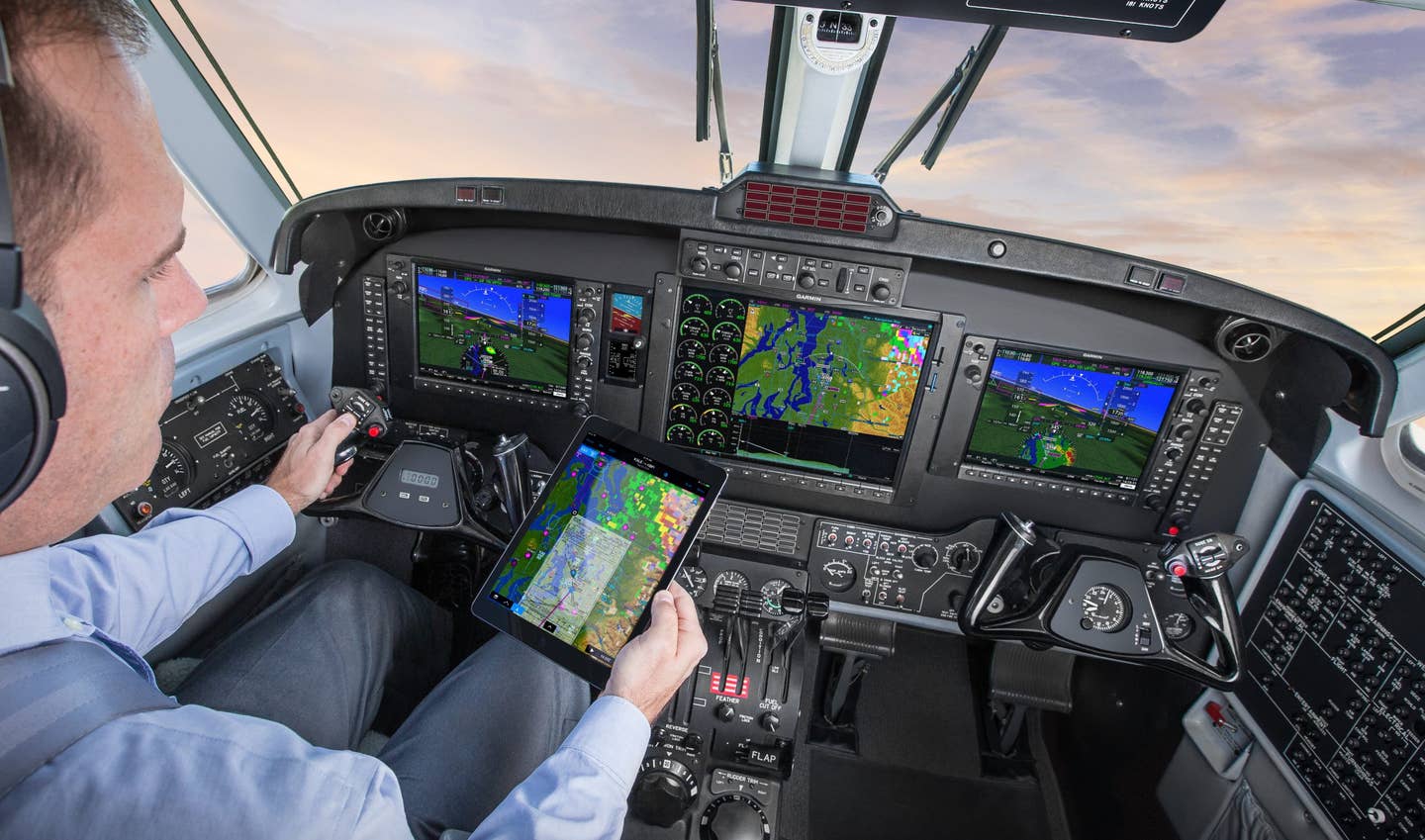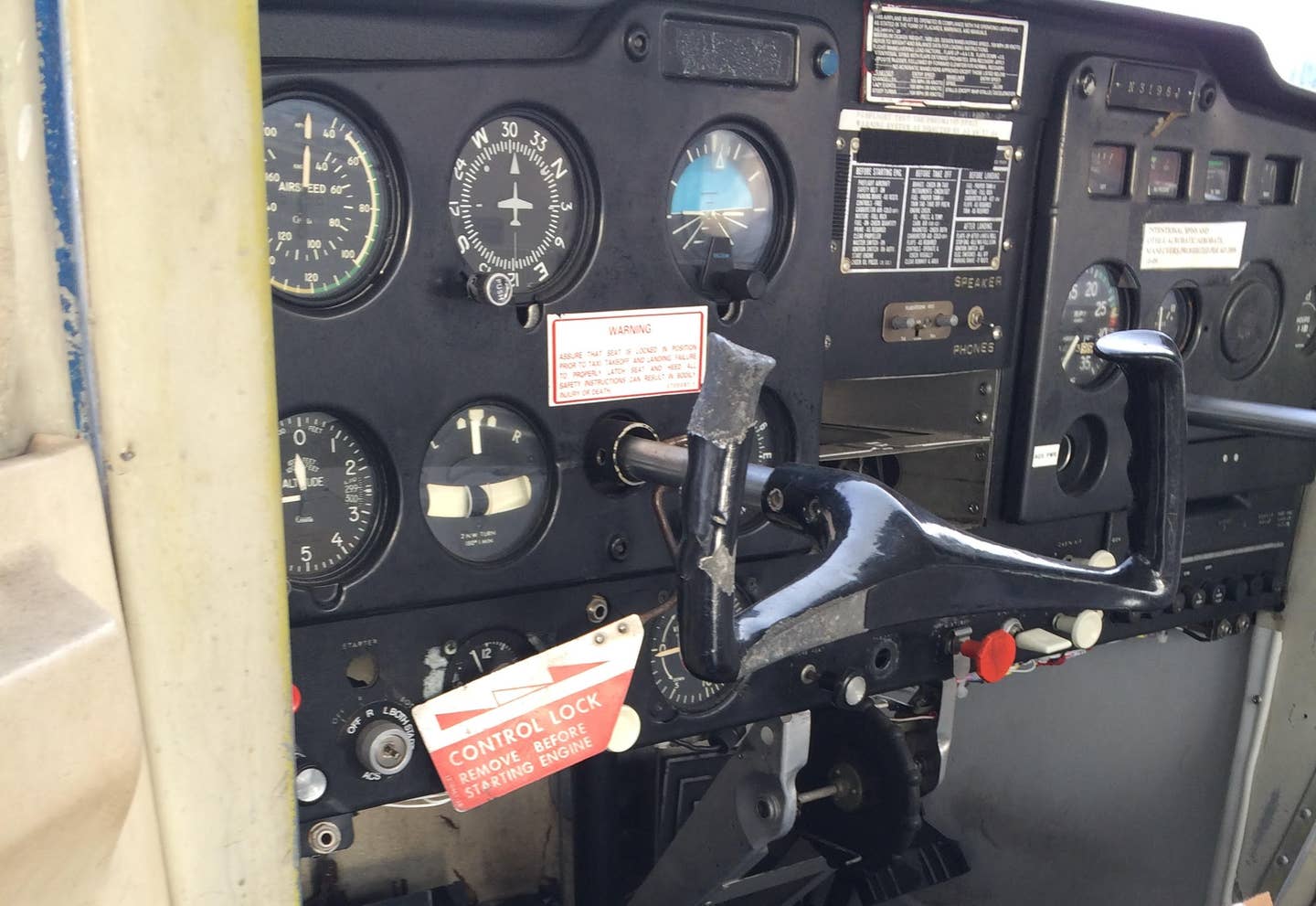Going Glass? Here’s What You Need to Know
While glass cockpits would seem to increase safety, CFI Michael Wildes says pilots have to do their part, too.

While new technology has the potential to make things safer, Michael Wildes says pilots have to do their part, too. Garmin
Last week, the Aircraft Electronics Association (AEA) unveiled its third-quarter 2021 Avionics Market Report, pointing out that in the first nine months of the year, worldwide business and general aviation avionics sales totaled more than $1.7 billion.
The report explained that 53.7 percent of those avionics sales came from retrofits and 46.3 percent from forward fits. Avionics relate to the electronic systems used on aircraft and include communications, navigation, the display and management of multiple systems, and the hundreds of systems that are fitted to aircraft to perform individual functions.
Does Age Matter?
I assume the FAA welcomes these updates since it once predicted that by 2020, the average age of the U.S. single-engine GA fleet would be close to 50 years old. The rapid advances in avionics development and wider affordability now allow owners to prolong the use of their aircraft, as long as they were still airworthy.
Coincidentally, it’s not only airplanes that have found a way to stretch their prime. According to a 2018 report, more than 55 percent of certified pilots in the US were over the age of 40 based on the FAA’s database.
It’s easy to think that that’s a recipe for trouble. Yet, in 2010, the NTSB debunked that myth when it published the result of a study on the effects that going glass had on accident rates.
While the equipment has the potential to increase safety, the NTSB up to that point found that they did not. In fact, it said aircraft equipped with glass cockpits have a higher fatal accident rate than comparable aircraft equipped with the old-fashioned, hard-to-decipher, round mechanical gauges.
This study is now a decade old, but I am not sure things have improved all that much. In my own experience, I’ve seen pilots young and old struggle with using the glass cockpit instruments. You can see the bewilderment embedded on their faces as they try to get the equipment to do and show what they want. The problem compounds when they are under an ATC crunch, and they completely forget the basics of flying the airplane first.
“Is it two clicks or one? Can I load this point above or after? Should I load or activate the approach now? Where’s the traffic?”
Things can get complicated quickly.
We’re on the Right Track
Thanks to loads of data, alerts, and updates, we all recognize how the glass cockpit can improve piloting ability. But we can also see that we’re not entirely in the clear yet.
This isn’t a new challenge. When Cirrus launched its SR20 and SR22 Cirrus in the market, they marked the first clean sheet designs to have glass cockpits for GA aircraft as the default. However, their accident rate was astounding as the new owner pilots were not quick to get up to speed with the new equipment.
How did the company solve this? For one, Cirrus Aircraft and the Cirrus Owners and Pilots Association stepped up, designing courses that they prescribed for their pilots that have greatly improved the accident rates. Over the 36 months prior to July 2016, the numbers were reduced to 0.81 per 100,000 hours—impressive when you consider the overall general aviation accident rate of 1.40 per 100,000 hours.
Some Tips
In many flight schools, students have the advantages of having simulators on the ground where they can quickly get up to speed, but not all pilots have the same opportunities. Still, it is incumbent on pilots to master these instruments, and it might require spending some time in your plane on the ground with its manual getting up to speed.
If you find yourself in this category, here are some things to practice before your next flight:
- How do you load a new point when ATC changes your route?
- Do you know the difference between a loaded and activated mode?
- Do you know how your avionics is connected?
- What line replacement unit is it connected to?
- Can you identify the failure modes?
- What is your backup plan when they fail?
- How do you fly with that failed instrument?
- Are you practicing flying partial panels?
- What’s your plan when everything fails?
- Do you have the supplemental manual on-board?
While it is a positive trend that pilots get to prolong the use of their aircraft, I think we will need to stay on our toes to achieve the highest benefits on these new updates.

Subscribe to Our Newsletter
Get the latest FLYING stories delivered directly to your inbox






